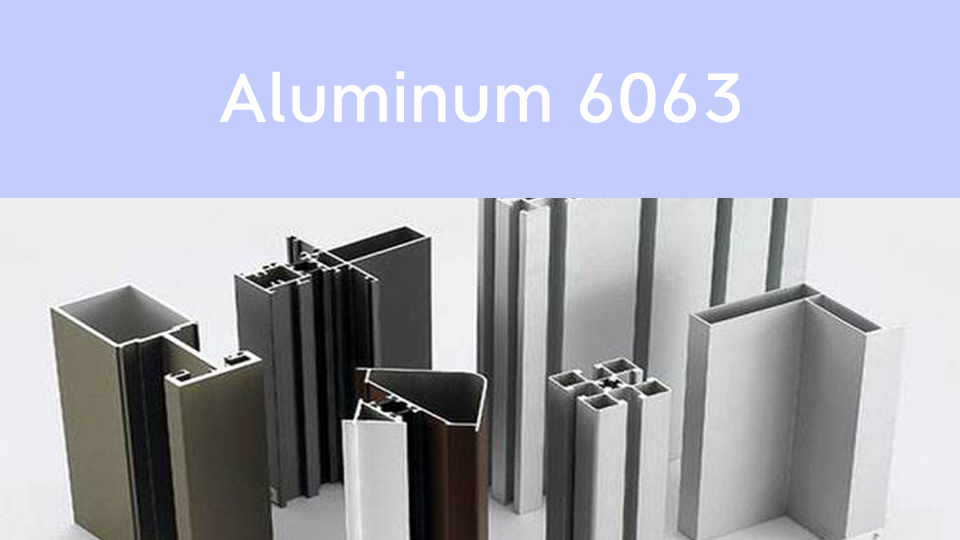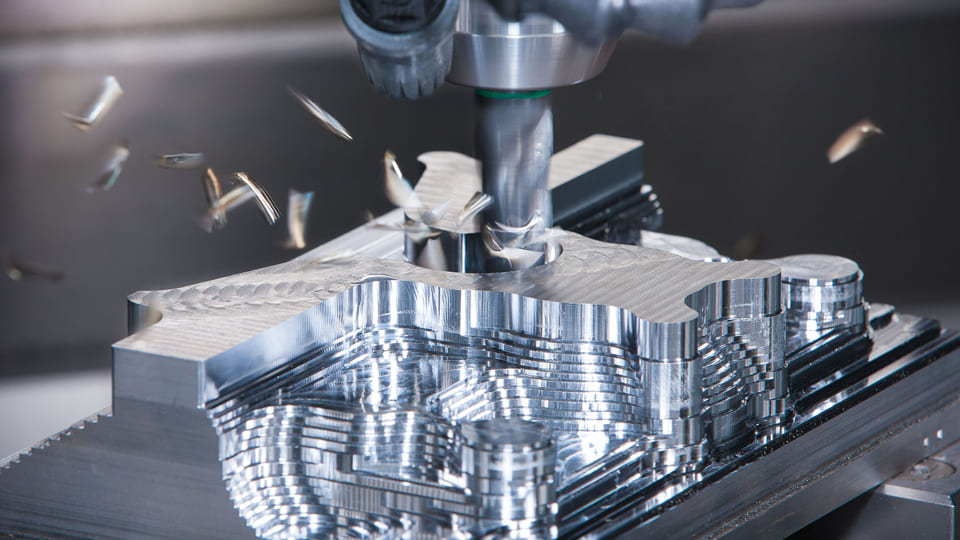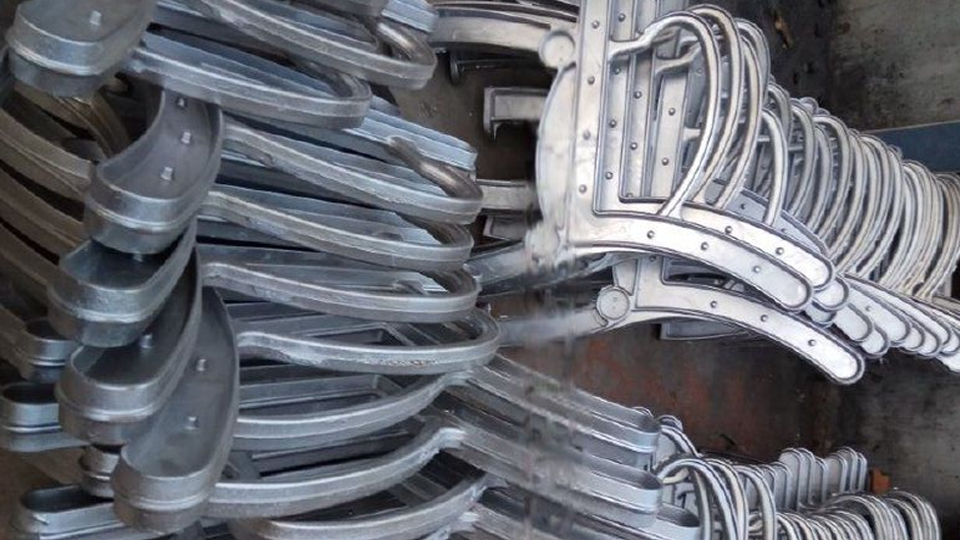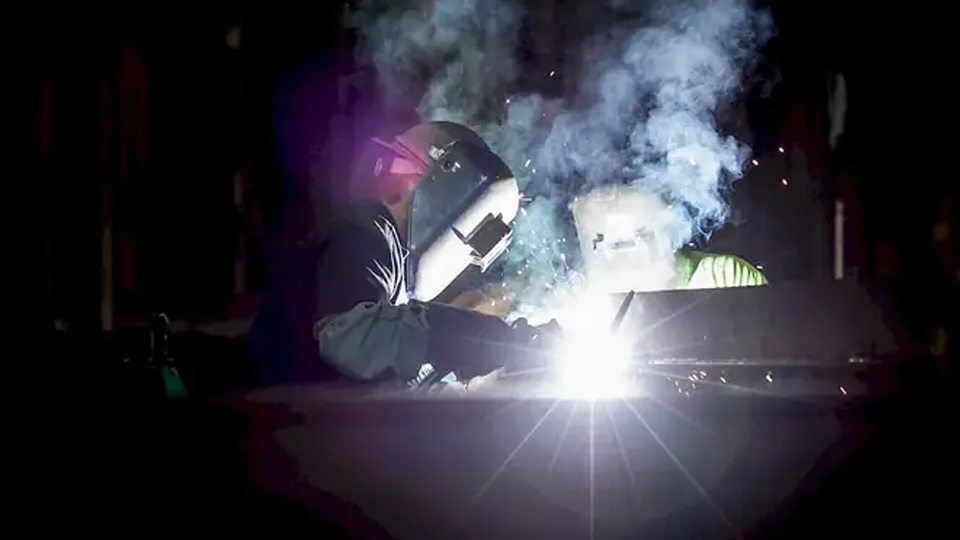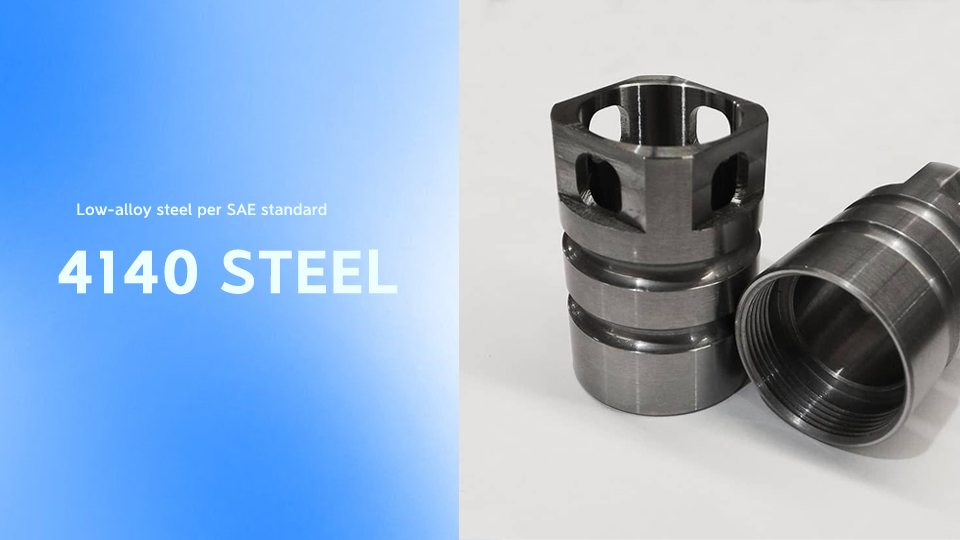6063 is one of the most-used aluminum alloys, which has excellent mechanical properties, corrosion resistance, and ease of fabrication. It belongs to the 6xxx series of aluminum alloys, primarily alloyed with magnesium and silicon, this article discusses the chemical composition, physical and mechanical properties, processing techniques, and its comparisons with other aluminum alloys to offer you a much more comprehensive understanding of this versatile material.
What is 6063 Aluminum?
6063 is a heat-treatable and strengthened aluminum alloy whose main alloying constituents are aluminum, silicon, magnesium, and manganese. Folding under the the 6xxx series, this alloy is by far the most fancied among architectural applications such as window frames, door frames, and other structural components.
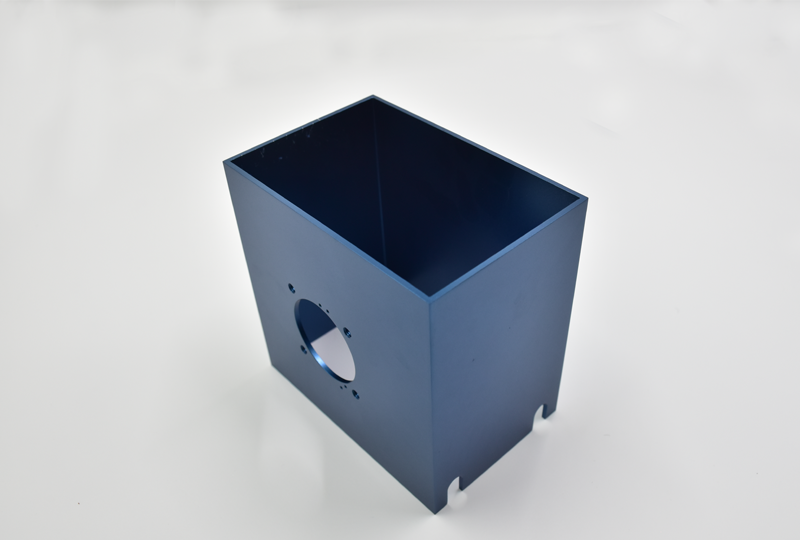
Chemical Composition
Aluminum alloy 6063 is primarily composed of aluminum (Al), magnesium (Mg), and silicon (Si). Its typical chemical composition is as follows:
| Al | Si | Mg | Fe | Cu | Mn | Cr | Zn | Ti |
| Balance | 0.2–0.6% | 0.45–0.9% | ≤0.35% | ≤0.1% | ≤0.1% | ≤0.1% | ≤0.1% | ≤0.1% |
6063 International Comparison Specification
| AISI | ISO | GB | BS | DIN | JIS |
| 6063 | AlMg0.7Si | LD31 | H19 | AlMgSi0.5 | A6063 |
*These comparisons are approximate only.
Physical and Mechanical Properties
Physical Properties
| Density | Melting Point | Thermal Conductivity | Electrical Conductivity |
| 2.7 g/cm³ | 615–655°C | 201 W/m·K | 50% IACS |
Mechanical Properties
| Tensile Strength | Yield Strength | Elongation | Hardness |
| 89–240 MPa | 48–214 MPa | 8–12% | 60–80 HB |
Processes for Aluminum Alloy 6063
The manufacturing of 6063 aluminum involves several key processes, primarily focused on extrusion, which allows the creation of complex shapes and profiles.
Extrusion
6063 is one of the most suited aluminum alloys for extrusion, and it is ideal for producing complex cross-sectional profiles. The extrusion process involves heating the alloy to 450–500°C and forcing it through a die to achieve the desired shape.
Make Your Idea Take Shape!
Heat Treatment
6063 can be heat-treated to enhance its mechanical properties. It is most commonly supplied in the aged T5 or T6 tempers. Heat treatment processes include:
6063-O: Fully annealed to eliminate internal stresses and homogenize the grain structure.
6063-T1: Extruded and naturally cooled, followed by natural aging at room temperature (typically weeks to months).
6063-T5: Extruded and rapidly cooled in water, followed by artificial aging at 150-180°C (typically 4-8 hours).
6063-T6: Heat treated typically at 500-530°C to dissolve strengthening phases, followed by rapid quenching and artificial aging at 150-180°C.
| Condition/Properties | Tensile Strength(MPa) | Yield Strength(MPa) | Elongation (%) |
| 6063-O | 89 | 48 | – |
| 6063-T1 | 152 | 89 | 12 |
| 6063-T5 | 186 | 145 | 12 |
| 6063-T6 | 240 | 214 | 8 |
Other tempers such as T42, T52 and T62 are also possible in 6063.
Surface Finish
6063 is very receptive to the following surface treatments:
Anodizing: It enhances the corrosion resistance and brings an appealing decorative finish.
Powder coating: It gives a surface that is both robust and beautiful.
Polishing: With the help of polishing, a mirror-like finish can be achieved for decorative applications.
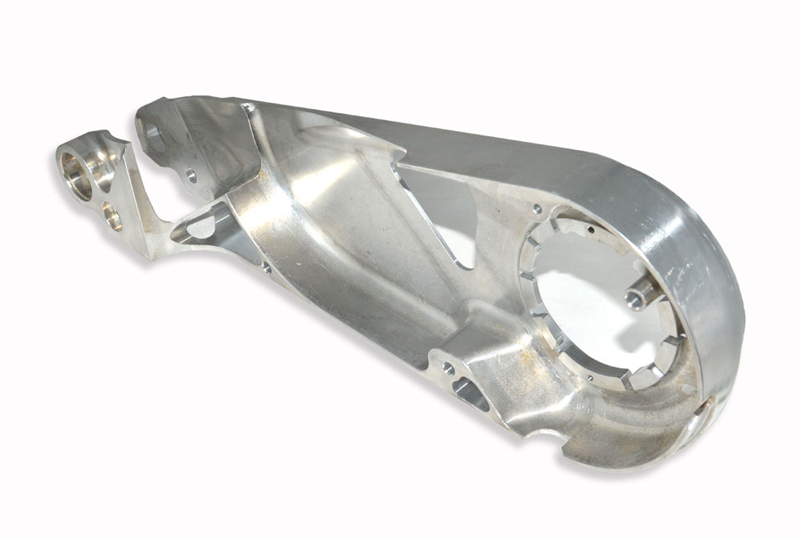
Welding
The aluminum 6063 can be welded by several welding technologies, either TIG (Tungsten Inert Gas) or MIG (Metal Inert Gas) does allow for welding to be accomplished with this material. However, it is vital to take care of avoiding cracking in the heat-affected zone (HAZ).
Alloy Comparison: 6063 vs. 6061
Composition: 6061 can have up to double the iron content and usually contains significantly more silicon, copper, and chromium compared to 6063. The remaining elements in these alloys consist of varying levels of manganese, iron, and titanium. As a general rule, 6061 usually contains more of each alloying element than 6063.
Properties: 6061 has a higher yield strength (310 MPa in T6 temper) compared to 6063 (240 MPa in T6 temper). It also has a higher fatigue strength and less corrosion resistance than 6063. Al6061 has a lower melting temperature, thermal conductivity, and heat capacity.
Extrusion: 6061 can be more challenging to extrude accurately and consistently for its higher zinc content than 6063.
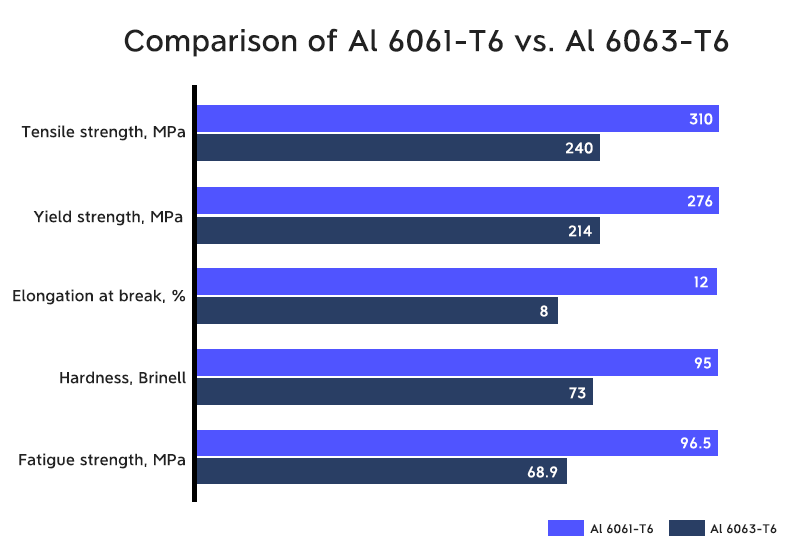
Advantages and Limitations
6063 aluminum offers numerous benefits and some limitations:
Advantages
- Excellent extrudability for complex shapes.
- Good corrosion resistance, especially in anodized form.
- High thermal and electrical conductivity.
- Lightweight and recyclable.
Limitations
- Lower strength compared to other alloys like 6061.
- Susceptible to stress corrosion cracking in certain environments.
- Requires careful welding to avoid defects.
Conclusion
Aluminum alloy 6063 is a versatile and widely used material that offers an excellent balance of strength, corrosion resistance, and extrudability. Its applications span across industries, from architecture to electronics, making it a cornerstone of modern engineering and design. By understanding its properties, processing techniques, and comparative advantages, engineers and designers can leverage 6063 to create innovative and efficient solutions for a wide range of challenges.
